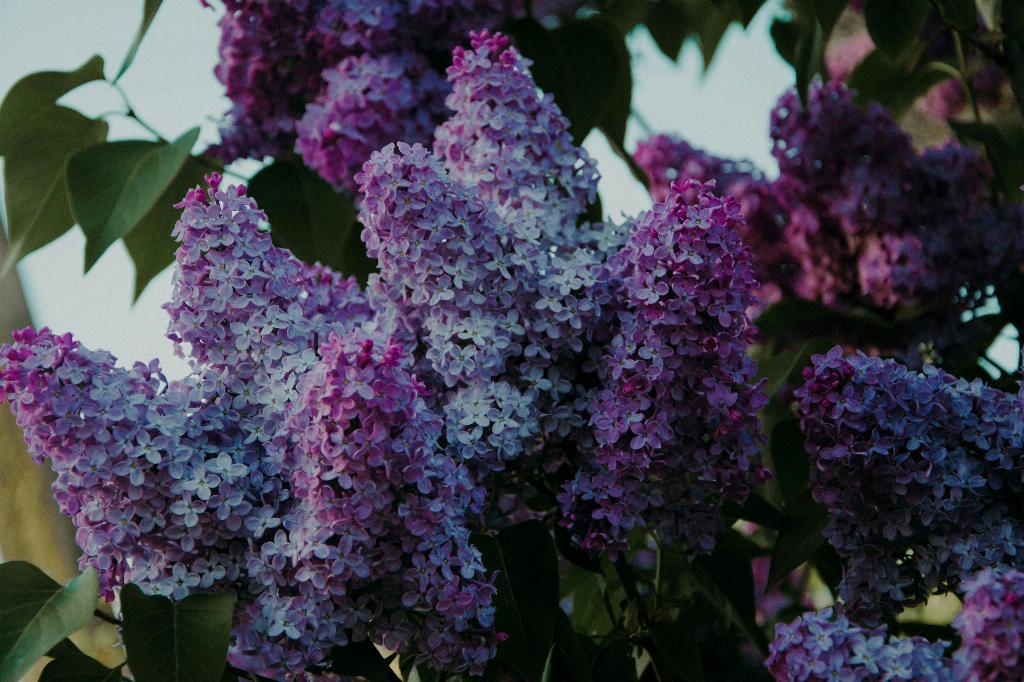Lilacs are popular flowering shrubs known for their fragrant blossoms and beautiful clusters of flowers. They thrive in full sun and well-drained soil, adding a touch of elegance to any garden or landscape. If you’re looking to cultivate these lovely plants, it’s essential to understand how to care for them properly to ensure they flourish year after year.
Benefits of Growing Lilacs
Aside from their aesthetic appeal, lilacs offer a range of benefits to gardeners and homeowners. Their sweet fragrance attracts butterflies and bees, promoting pollination in your garden. Additionally, lilacs can serve as natural privacy screens or windbreaks, enhancing the overall ambiance of your outdoor space.
Choosing the Right Lilac Variety
When selecting a lilac variety for your garden, consider factors such as color, size, and blooming season. Common lilac species include Syringa vulgaris, S. x prestoniae, and S. patula, each with its unique characteristics. Choose a variety that suits your aesthetic preferences and climate conditions for optimal growth.
Planting Lilacs in Your Garden
Plant lilacs in an area with full sun exposure and good air circulation. Ensure that the soil is well-drained and slightly acidic to alkaline. Dig a hole twice as wide and deep as the root ball, and gently place the plant, backfilling with soil. Water thoroughly after planting to help establish the roots.
Caring for Lilacs: Watering and Sunlight Needs
Water lilacs deeply once a week, especially during dry spells or hot weather. Avoid overwatering, as it can lead to root rot and other issues. Lilacs prefer full sun but can tolerate some light shade. Prune surrounding trees or plants to allow sufficient sunlight to reach the lilac bushes.
Soil Requirements for Healthy Lilacs
Ensure that the soil around lilacs is well-drained to prevent waterlogged conditions. Lilacs prefer slightly acidic to alkaline soil with a pH range of 6.0 to 7.5. Test the soil periodically and amend it with organic matter or sulfur as needed to maintain the appropriate pH levels.
Pruning Lilac Bushes
Pruning is essential for maintaining the health and shape of lilac bushes. Remove dead or diseased branches in late winter or early spring before new growth emerges. Prune spent flower clusters to encourage new growth and improve blooming the following year. Avoid excessive pruning, as it can reduce flowering.
Dealing with Common Lilac Pests and Diseases
Keep an eye out for common lilac pests such as aphids, powdery mildew, and lilac borers. Treat infestations promptly with insecticidal soap or neem oil to prevent further damage. Ensure good air circulation around plants to minimize the risk of fungal diseases and maintain overall plant health.
Propagating Lilacs: Tips and Techniques
If you wish to propagate lilacs, you can do so through methods like stem cuttings or layering. Take semi-hardwood cuttings in summer and root them in a well-draining medium to create new plants. Layering involves bending a low-growing branch to the ground, covering it with soil, and allowing it to root over time.
Enjoying and Using Lilacs in Various Ways
Aside from their ornamental value, lilacs offer culinary and therapeutic benefits. You can use lilac blooms to infuse syrups, baked goods, or even make lilac vinegar. The flowers are also popular in perfumery and aromatherapy, providing a soothing and uplifting fragrance.
Conclusion
Caring for lilacs requires attention to detail and proper maintenance practices to ensure their long-term health and beauty. By following the guidelines outlined above, you can cultivate thriving lilac bushes that enhance your garden and bring joy with their vibrant blossoms year after year.
FAQs
1. How often should I water my lilac plants?
Water lilacs deeply once a week, especially during dry spells or hot weather. Avoid overwatering to prevent root rot.
2. When is the best time to prune lilac bushes?
Prune lilac bushes in late winter or early spring before new growth appears. Remove dead or diseased branches and prune for shape and airflow.
3. How can I prevent pest infestations on my lilac plants?
Maintain good plant hygiene, ensure proper spacing for airflow, and monitor for pests regularly. Treat infestations promptly with natural remedies or insecticidal soaps.

